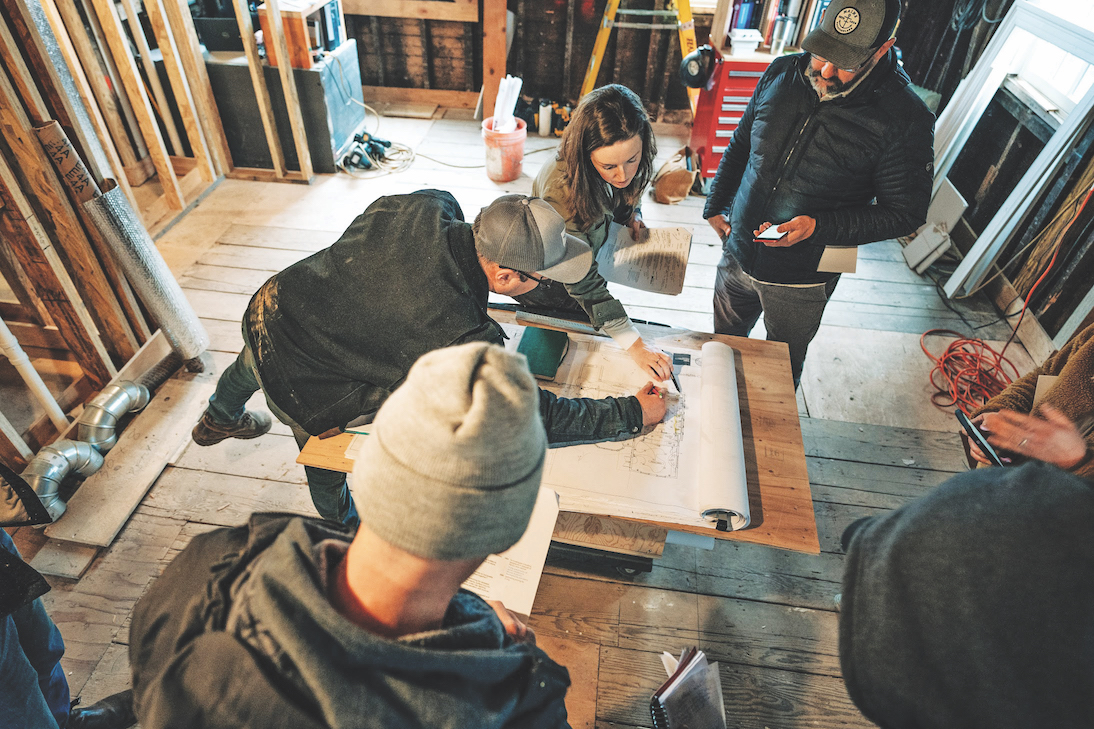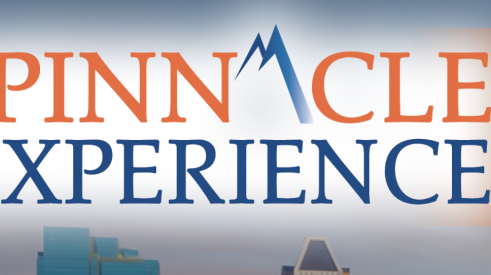I am Director of Project Planning with Adams + Beasley Associates, a custom builder and remodeler in the Boston area. We have 73 team members with a projected revenue of $28 million for 2023.
One thing we’ve done as a company is evolve business practices to be more human-centered, rather than focusing on efficiency for efficiency’s sake. I believe that the full human experience of a project is critical to success, whether it’s with staff or clients. There are several ways we accomplish this both internally with our team and externally with clients.
The Role of DISC and Kolbe
We use DISC and Kolbe profiles to help us understand the strengths and challenges of each of our team members and how to coach to them. This helps our employees provide the best experience for clients, vendors, and subcontractors because they feel seen and heard by the company.
Every member of our team completes a DISC assessment, which shows their preferred communication style, and also the Kolbe, which is more of a cognitive test.
The Kolbe looks at how a person functions in their environment. Do they need detail? Do they need systems? Do they prefer to be physically manipulating the world? We’ve found the combination of those two profiles helpful in managing our own team.
Profiles Help Communication
We have an internal dashboard that shows where everyone lands on those two assessments, and the whole team has access. It makes some people feel a little vulnerable, but we emphasize that this isn’t about pigeonholing anyone. The idea is to get an understanding of who you are so that we can all communicate more effectively.
For example, if you have two people making a decision and one doesn’t need a lot of detail, but the other does, there may be conflict. Or you may have someone who wants to give or obtain information without small talk, which can be jarring for someone who prefers a softer touch. It can feel disrespectful, but that’s just how they function.
The interesting element here is helping people find empathetic listening for each other and understanding that this person has a different perspective. Neither of them are right or wrong. I’ve found that it gives us useful tools for harder conversations.
Communicating with Clients
At the beginning of a project, we complete several different handoffs. There’s an internal handoff, a budget handoff, a designer kick-off meeting, and a client kick-off meeting. (Most of our projects utilize an outside architect.) The idea is to focus on the relationships and share information that the sales team has gathered both interpersonally and practically. This way, the production team starts with their best foot forward. We review the client and their needs.
Adams + Beasley has been awarded Top Places to Work in Massachusetts for three years. One reason for this may be an emphasis on communication and human-centered business practices. We might ask, “How was the contract negotiation?” “What were they focusing on?” Then there’s the mode of communication. During the project kick-off meeting with the client, the project manager will ask if they prefer text, email, or phone call.
Communication Structure
We have a weekly meeting with the clients, preferably onsite, but oftentimes it’s Zoom, depending on the schedule of the clients, and designers.
Some clients want the designer to handle almost everything, while others want to be intimately involved. It’s one thing I pick up on that not all clients know about themselves.
For me, that’s an area where the project team truly needs to listen. They need to be present in the room and really hear what the client and architect say to us. Not only the literal words, but also seeing the disposition of each person and what’s behind the words.
Debrief and Weekly Project Meetings
The project manager and construction manager both attend the project meetings, and we also have a leadership team member assigned to that project who joins at least once a month. I try to go every week.
I like seeing the development of relationships and acting as a backstop for the project management team. That way, if there are tricky conversations, or a client or designer goes sideways, there’s an authority figure in the room to manage the interaction and protect the relationship with the production team.
If someone needs to be mad at someone, they should be mad at me, not at our project management team.
After meetings, we will debrief, especially if there was tension, even to discuss something fleeting such as noticing a flinch when mentioning costs or off reactions during certain parts of the conversation. At that point, we’ll follow up with a call to say, “I saw that didn’t really land with you, and I just want to make sure that you’re feeling taken care of in this.” It’s called “The Hug,” and the goal is to help them feel that we understand this challenge, we’ll handle it, and we’ll get through this together.
Sometimes it makes the most sense for the project manager to have that conversation, other times it’s the construction manager or a member of the leadership team. Who tackles the call is decided together.
Communication is so important and can be neglected by businesses. As a company, we believe that you first take care of your own people so they can take care of your clients.
Comments (1)
Add new comment
Related Stories
How to Create a World-Class Remodeling Team
Great remodeling companies position themselves for the future with the right players
Registration Open for The Pinnacle Experience 2024
Register today for The Pinnacle Experience 2024 in Baltimore from June 26-28. Join the best and brightest in home improvement and remodeling for insight, advice, and relationship-building that will help you take your business to new heights.
Focus on What You Can Control for Remodeling Success in 2024
Neil Kelly's CEO shares his plan of attacking for remodeling challenges in our 2024 Thought Leader predictions series
How to Increase Your Odds of Closing Remodeling Sales
Use these tips to hone your sales process and grow close ratio
Becoming Profitable in Your Remodeling Niche
The 2023 NAHB Remodelers Chair shares insights and advice for contractors in our 2024 Thought Leader predictions series
Combat Remodeling Market Pullback with Increased Marketing
Mosby Building Arts' president shares his expert predictions and approaches to remodeling in 2024 for Pro Remodeler's Thought Leader predictions series
Rising Financing Fees to Impact Home Improvement Industry
NEWPRO Home Solutions COO shares his expert insight on the challenges facing the home improvement industry in 2024 for Pro Remodeler's Thought Leader predictions series
Presidential Election Will Create Uncertainty for Consumers
PJ Fitzpatrick CEO reveals his predictions and advice for the home improvement industry in 2024 for Pro Remodeler's Thought Leader predictions series
Discover Innovative Ways to Market and Tell Your Story
Leaf Home Chief Sales Officer Chris Counahan shares his advice to help home improvement companies grow in 2024 for Pro Remodeler's Thought Leader predictions series
Improving Processes Is the Key to Contractor Success in 2024
Florida Window & Door president shares his expert predictions and insights on challenges facing home improvement companies in 2024 for Pro Remodeler's Thought Leader predictions series














Sincere Leadership
Submitted by Peter Lawton (not verified) on Sat, 01/27/2024 - 04:00
Sincere Leadership
Laura,
Amazing viewpoint of where to focus the teams energy. Operating systems overlook the fact that we are all humans and not just parts of a machine. I have experienced this culture at A&B and so honored to have learnt from your team to lead with human integrity.
Thank you for sharing your thoughts.